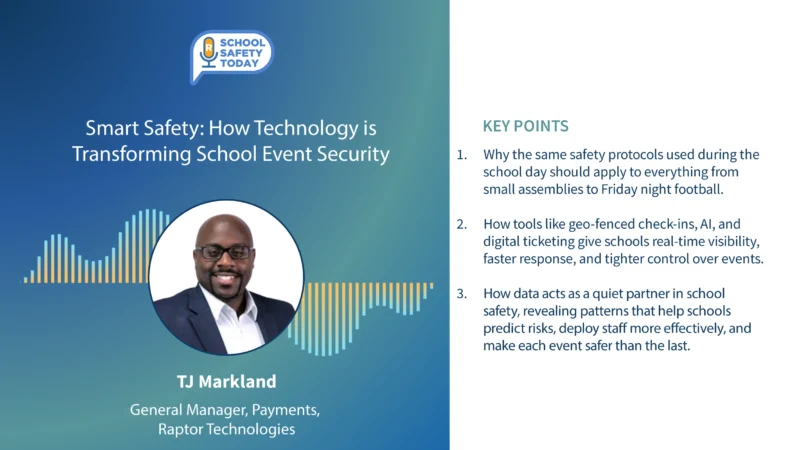Educating Administrators on Textbook vs Real World Security
The SecurED podcast sets out to talk about all things security and privacy. Mike Matranga and Mike Monsive will discuss current events, legislation, and guide you through your critical security procedures.
On this episode, Mike Matranga sits down with Mike Montsive to delve into topics such as integrating technology for a cohesive plan, training staff members to fill in the gap before first responders arrive.
The security industry has seen a significant increase in products and solutions being offered to the K-12 space. With more funding being generated from bonds or legislation, there is an influx of so-called subject matter experts entering the space with no practical experience. This can lead to poor decision-making, with a focus on selling products instead of providing effective solutions.
One example of this is the SPAT grant, which saw many people entering the space with button solutions that did not consider long-term sustainability or effectiveness. There was no real planning put into how these technologies would integrate into everyday applications. The industry also faces disinformation, with architects and others promoting ballistic glass film for window protection when it may not be ballistic rated. Educators must do their due diligence when choosing who should assess their facility’s needs and provide solutions. They should look for companies that have practical experience in securing facilities and integrating technology to fill gaps in detection and prevention.
M6 Global is one such company that brings together consultants with over 500 years of practical experience at the federal government level, military, law enforcement, and emergency response. M6 Global emphasizes the importance of putting together a cohesive plan that integrates technology to fill gaps in detection and prevention while also considering long-term sustainability. The company has been involved in thousands of schools across different socio-economic backgrounds nationwide.
The industry must change its mindset about who are first responders during an emergency situation. It is not just law enforcement officers or emergency medical technicians who can be heroes during such situations but anyone present at the scene who can help save lives through stop-the-bleed training or chest seal application. Empowering staff members throughout every U.S school through stop-the-bleed training will go a long way in minimizing risks during emergencies while waiting for first responders to arrive on scene.
Ideally, every educator should also be trained in situational awareness so they know what gunfire sounds like, what reloading sounds like as well as time and distance. In conclusion, the security industry must change its approach to providing solutions in the K-12 space. The focus should be on providing effective solutions that consider long-term sustainability and effectiveness. Educators must be cautious about who they choose to assess their facility’s needs and provide solutions. Staff members should also be empowered and trained with stop-the-bleed techniques for minimizing risks during emergencies, while waiting for first responders to arrive on scene.




